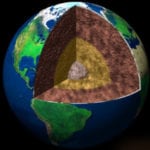 Technology
Technology  Technology
Technology  Humans
Humans 10 Everyday Human Behaviors That Are Actually Survival Instincts
 Animals
Animals 10 Animals That Humiliated and Harmed Historical Leaders
 History
History 10 Most Influential Protests in Modern History
 Creepy
Creepy 10 More Representations of Death from Myth, Legend, and Folktale
 Technology
Technology 10 Scientific Breakthroughs of 2025 That’ll Change Everything
 Our World
Our World 10 Ways Icelandic Culture Makes Other Countries Look Boring
 Misconceptions
Misconceptions 10 Common Misconceptions About the Victorian Era
 Mysteries
Mysteries 10 Strange Unexplained Mysteries of 2025
 Miscellaneous
Miscellaneous 10 of History’s Most Bell-Ringing Finishing Moves
 Technology
Technology Top 10 Everyday Tech Buzzwords That Hide a Darker Past
 Humans
Humans 10 Everyday Human Behaviors That Are Actually Survival Instincts
 Animals
Animals 10 Animals That Humiliated and Harmed Historical Leaders
Who's Behind Listverse?

Jamie Frater
Head Editor
Jamie founded Listverse due to an insatiable desire to share fascinating, obscure, and bizarre facts. He has been a guest speaker on numerous national radio and television stations and is a five time published author.
More About Us History
History 10 Most Influential Protests in Modern History
 Creepy
Creepy 10 More Representations of Death from Myth, Legend, and Folktale
 Technology
Technology 10 Scientific Breakthroughs of 2025 That’ll Change Everything
 Our World
Our World 10 Ways Icelandic Culture Makes Other Countries Look Boring
 Misconceptions
Misconceptions 10 Common Misconceptions About the Victorian Era
 Mysteries
Mysteries 10 Strange Unexplained Mysteries of 2025
 Miscellaneous
Miscellaneous 10 of History’s Most Bell-Ringing Finishing Moves
10 Things You May Not Have Known About The Land Of Pangaea
When we first learned about Pangaea in school, it seemed like a mystical world where land went on forever and animals and plants inhabited places we could not even imagine. Just thinking about all the continents fitting together like a puzzle is unbelievable. Also, it’s incredible that earthquakes and tectonic plates could move so much land apart to make the world that we know today.
A lot of research has been done on Pangaea, but there is still a lot that we do not know. In fact, without the theory of continental drift, the idea of Pangaea would not have been conceived. Here is a list of 10 amazing things you may not have known about the landmass known as Pangaea.
10 Why Did Pangaea Form And Break Apart?
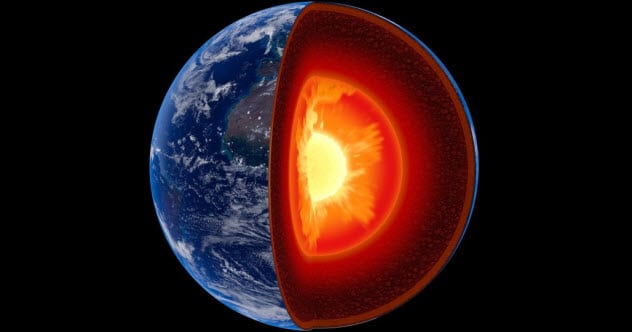
Here are two of the biggest questions about the supercontinent Pangaea: Why did it form in the first place, and why did it break apart? This is where it gets fuzzy for researchers. Scientists have not come up with one reason for why Pangaea formed and broke apart. Instead, there are many explanations.
Most scientists agree that it all has to do with the Earth’s mantle. During times of plate movement, such as the breakup and formation of Pangaea, scientists believe that the mantle was heating up from radioactive decay. This caused the mantle to be unstable and the plates to move.[1]
This is not always happening, which is why it takes so long for supercontinents to form and break apart. It is incredible to think about just how powerful the mantle is and how much it contributes to the landforms today and throughout history.
9 The Great Rift Valley
Deep chasms are opening near Kenya, and it looks like the land is ripping apart. This area is known as the Great Rift Valley. It is a terrifying but extraordinary sight. The land is splitting in half, like a scene from a thriller movie.
This land contains homes and roads that are being destroyed by these chasms. Such land movement could be the start of a new Pangaea formation. How cool is it that we can see our land moving to form a potential new supercontinent?
So how does this relate to Pangaea?
Obviously, a supercontinent like Pangaea will not be forming anytime soon. But this land movement helps to prove theories about Pangaea and how continental drift exists and can form supercontinents over millions of years.[2]
8 Fossil Evidence
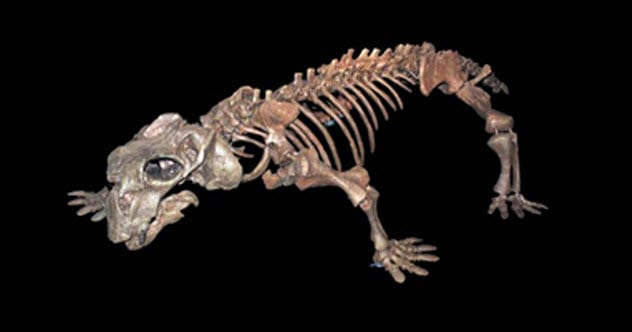
Fossil evidence has provided insight into the amazing land formation of Pangaea. Today, we know that elephants are not found in North America and polar bears don’t live in Africa. Interestingly, fossils from the age of Pangaea show that the same creatures were on many of today’s different continents, which would not have been possible unless the continents were connected.
Cynognathus was a land reptile that was alive during the Triassic Period when Pangaea existed. Scientists have found fossils of this creature in South America and Africa.
Lystrosaurus, another land reptile, had remains found in India, Antarctica, and Africa.[3] Without Pangaea or other supercontinents, the distribution of these fossils would not have been possible. Fossil evidence of these animals is so interesting because it helps to prove that Pangaea existed so long ago.
7 Panthalassa
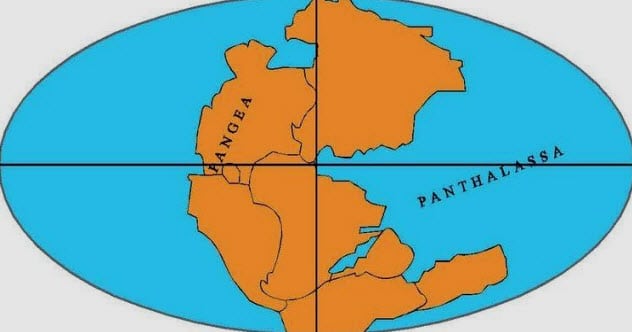
We all know there are five oceans: the Arctic, Atlantic, Pacific, Indian, and the newest member, the Southern Ocean. These five oceans are huge and take up most of the Earth. Back when Pangaea existed, that same amount of area was comprised of only one ocean, known as Panthalassa.
Since there was only one landmass, Pangaea, only one ocean surrounded the supercontinent. As such, the currents of Panthalassa would have been different than the currents of today’s oceans.[4]
According to experts, the currents of Panthalassa probably would have been very slow. Scientists also believe that there would not have been such a drastic change of tides, like high tides and low tides. This giant ocean would have been very calm and had a more even temperature than the oceans we have today.
6 Functionality Of Oceans
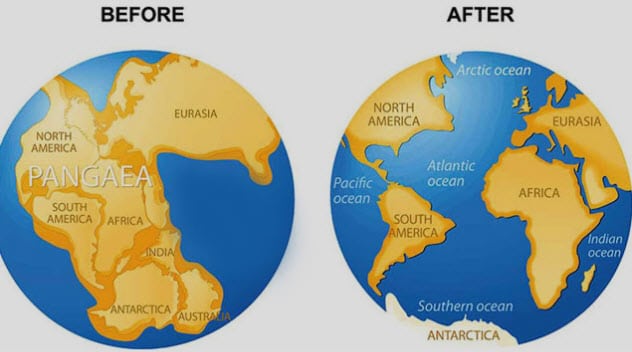
When Pangaea started to break apart, the whole function of oceans changed. Not only did the land breaking apart cause the ocean to disconnect into different parts, but it also triggered a change in the flow of currents.
The currents started to rotate from west to east, which they were not doing when the ocean was just Panthalassa. Also, the distribution of cool and warm tides stopped. Since the oceans were more cut off from one another, the currents could not move the warm water as easily and it completely changed the temperatures of the oceans.[5]
5 Climate
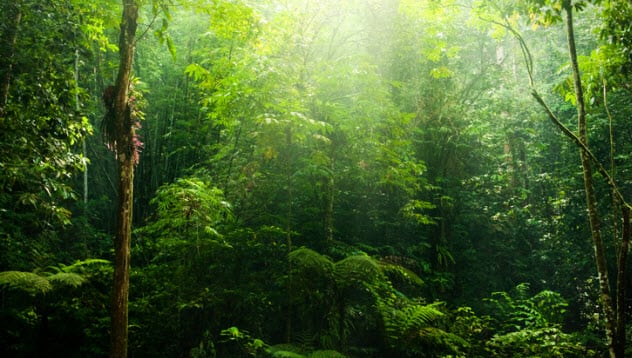
Researchers believe that the interior sections of today’s continents were very dry and did not receive much rainfall when Pangaea existed. This would be similar to a desert climate and occurred because the area was surrounded by mountains, which would have kept out the rain.
Due to the discovery of coal deposits in certain areas, researchers also believe that parts of Pangaea near the equator would have been a tropical rain forest.[6] It is strange enough to think about how different the climates would have been on Pangaea, but what is even crazier is how scientists can use something as small as coal deposits to understand that ancient world.
4 Mass Extinction
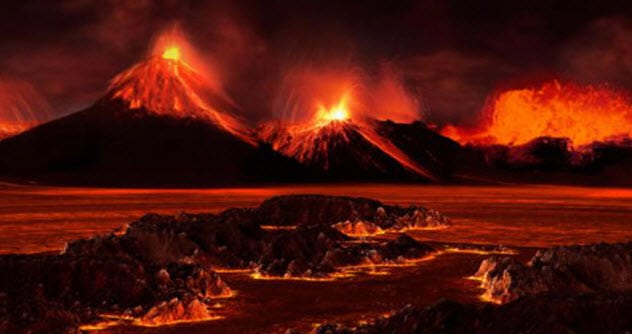
Right now, many animals are on the verge of extinction. However, we do not see a lot of species going extinct at once very often. Mass extinctions are rare, but they have happened in the past and will continue in the future.
During the time of Pangaea, a mass extinction event occurred approximately 252 million years ago.[7] This period of time was known as “The Great Dying.” This extinction caused species to survive that eventually were the relatives of birds. The first species of dinosaurs were also seen during this time.
3 Cycles Of Supercontinents
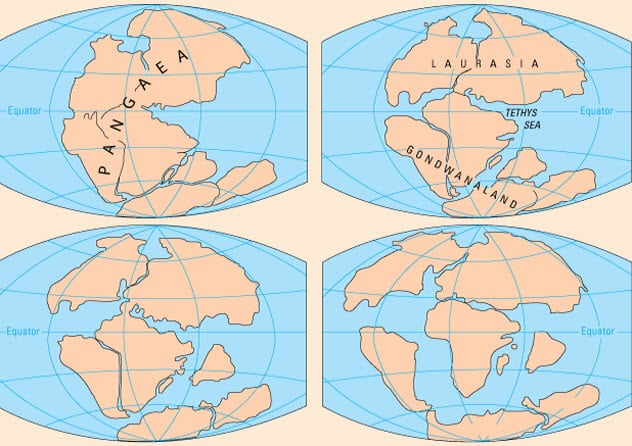
We know that our land looks very different from the supercontinent Pangaea. In fact, researchers think that the configuration of our land will not last forever and that there could be another Pangaea someday.
Throughout Earth’s history, the continents have come together to make supercontinents and then moved apart again. So, it is not unthinkable that it can happen at some point in the future. In fact, Australia is inching closer to Asia right now, which could form a supercontinent in the future.
How long would it take to form a supercontinent, and could we see another one in our lifetimes? Well, it would take about 300–400 million years to make another Pangaea and then that long for it to break apart again. So we will not see this amazing land mass in our lifetimes.[8]
2 Animal Life
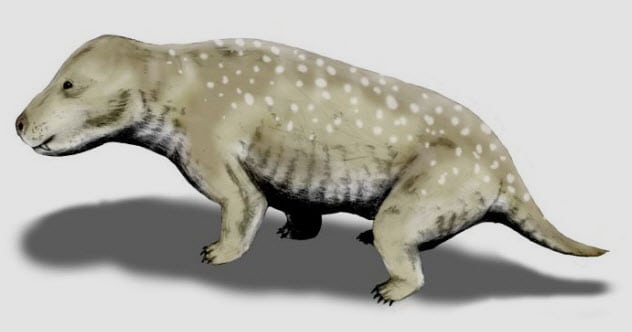
Pangaea seems like a land that we could find on another planet. It is weird to think about what could have been living on this land that was so different than what our world looks like today. Pangaea had a lot of animal life, but most of it was very different than what we are used to.
An animal family named Traversodontidae first emerged during the time of Pangaea. This plant-eating animal is believed to be an ancestor of the mammals. Insects also flourished during the age of Pangaea. Specifically, beetles and dragonflies were all around.[9]
During the Triassic Period, there was the rise of archosaurs, which eventually led to crocodiles and birds. Finally, as mentioned earlier, the first dinosaurs were seen. However, they looked a little different than we might expect.
Researchers believe that these dinosaurs had air-filled bones and were covered in feathers. Many of the species on Pangaea gave rise to animals that we see all around us today.
1 The Name ‘Pangaea’

Pangaea is a very strange and symbolic name. In 1912, a meteorologist named Alfred Wegener was the first person to propose the idea of a supercontinent. He was working on the theory of continental drift and discovered that a supercontinent, or continents, may have existed at some point in the past.
So why did he decide to name it “Pangaea”?[10]
Well, Pangaea is derived from the Greek word pangaia, which means “all the Earth.” This name was perfect for the supercontinent Pangaea because all the Earth’s land was in one place.
Of course, Wegener endured some criticism for his theory. But without his work on continental drift and Pangaea, evidence would not have been collected on these subjects.
I am a teacher who likes to write in my free time.
For some more facts that you may not have known about Pangaea, check out 10 Amazing Ways Ancient Oceans Affect Our Lives Today and 10 ‘What If’ Scenarios About The Earth’s Geography And Climate.
